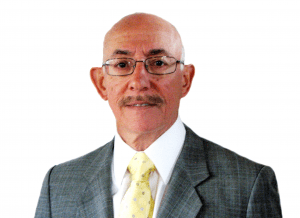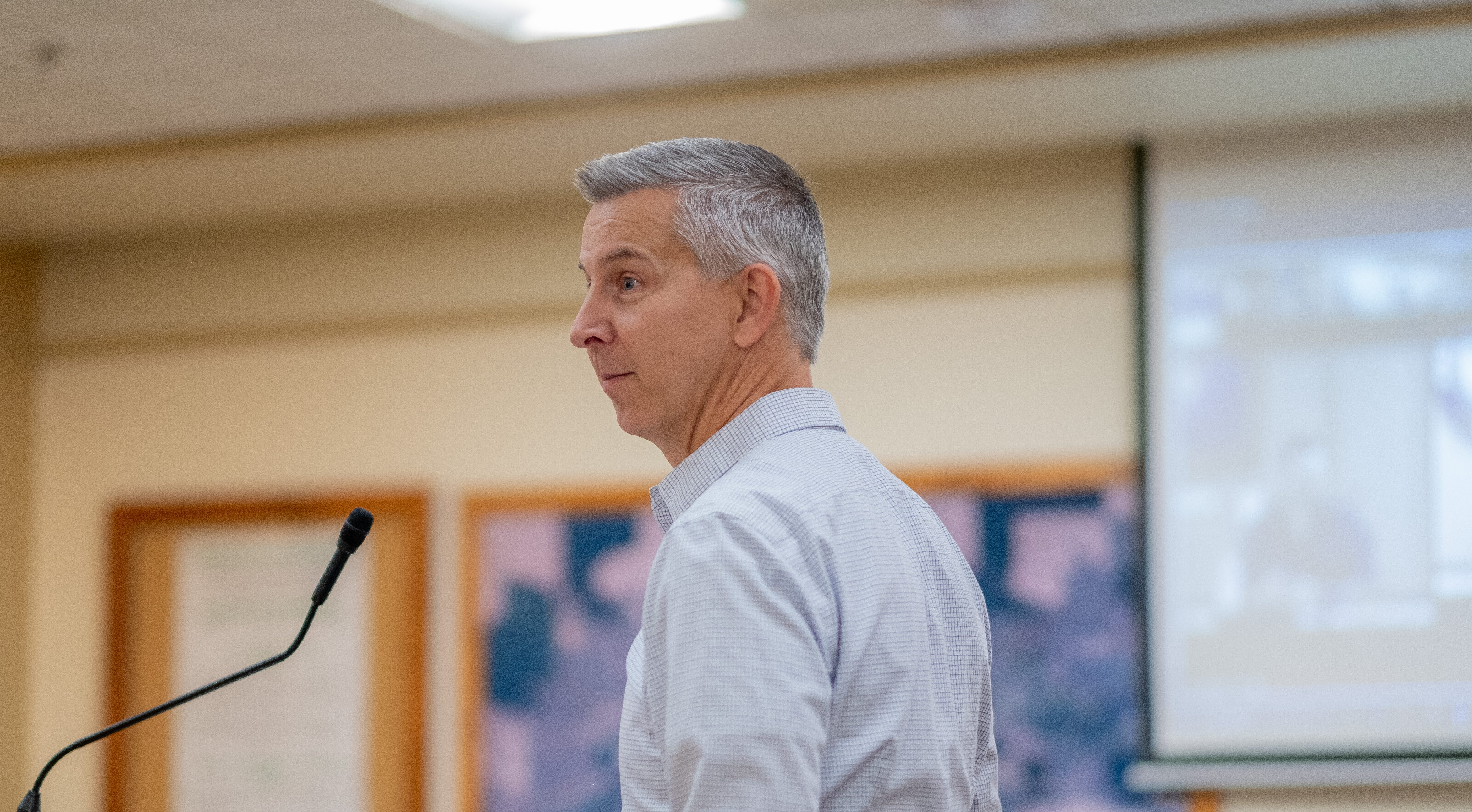Other views: Gov. Kate Brown’s actions saved lives
Published 6:00 am Saturday, July 17, 2021
Public health officials are schooled in understanding the risks posed by viruses and the actions required to minimize the loss of life. Governors carry the ultimate responsibility for keeping their citizens safe but are also influenced by political concerns. It adds up to a considerable amount of pressure.
This coronavirus is not the first we have faced in this century. Ebola was worrisome as the death rate among those who were infected was high. Fortunately, it only spread by direct contact with bodily fluids so it was readily contained. We also had SARS-CoV, which was spread by airborne droplets and had a high case fatality rate of 11%. Fortunately, the virus proved to be containable by isolation of the cases and it never spread in the U.S.
Trending
By the time the coronavirus began spreading in the U.S. in January 2020, public health officials had gained some experience with virus containment. A task force established by President George W. Bush researched the 1918 flu pandemic and discovered what had worked in locations that had performed well as opposed to those that saw high numbers of deaths. They quickly determined that rapid action was critical as once there is an initial death, it is likely that there have been thousands of infections. Other key measures? Close schools as children are in close contact, which encourages transmission; isolate the sick; and socially isolate everyone to the greatest extent possible.
The problem for public health officials is that they don’t know much about a new virus — how fast it is able to spread and by what means and how deadly it will be. They know that if they hesitate, they could end up in a deadly situation with a rapidly spreading virus. If they act quickly, they might be embarrassed should the virus prove to pose little risk. A slow response might allow a highly dangerous virus to spread rapidly and kill hundreds of thousands of people. Given that the job of a public health official is to keep people healthy, their inclination is to err on the side of minimizing risk.
Governors, on the other hand, must deal with an electorate that is certain to be upset with the disruptions caused by actions they may take to minimize the impact of the virus. As we have seen, restaurants and bars close, parents are forced into staying home with kids and millions of people lose their jobs. From a political point of view, governors are better off taking as little action as possible and just letting people die. After all, those who survive are likely to complain about a shutdown of the economy while dead people don’t have much to say.
Let’s take a look at how well our governor, Kate Brown, did at keeping Oregonians safe. As of July 5, 2,781 Oregonians have lost their lives to COVID-19. This places us at a per-capita death rate (per 1 million in population) of 659.4, fifth best in the country.
Florida took a more liberal approach to coronavirus containment. If Oregon had the same per-capita death rate as Florida, an additional 4,678 Oregonians would have died from COVID-19.
Texas took a more liberal approach to coronavirus containment. If Oregon had the same per-capita death rate as Texas, an additional 4,881 Oregonians would have died from COVID-19.
Trending
Kristi Noem is the governor of South Dakota and is considered a possible Republican presidential candidate in 2024. Her approach to the coronavirus was to take no containment measures whatsoever. If Oregon had the same per-capita death rate as South Dakota, an additional 6,935 Oregonians would have died from COVID-19.
Those who remain upset with Kate Brown need to consider how they and their families might have fared had she followed Kristi Noem’s approach. How many family members, yours and mine, might not have survived without Kate Brown’s actions? She is clearly an Oregon hero.
Do you have a point you’d like to make or an issue you feel strongly about? Submit a letter to the editor or a guest column.










